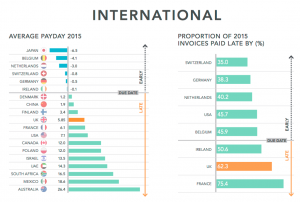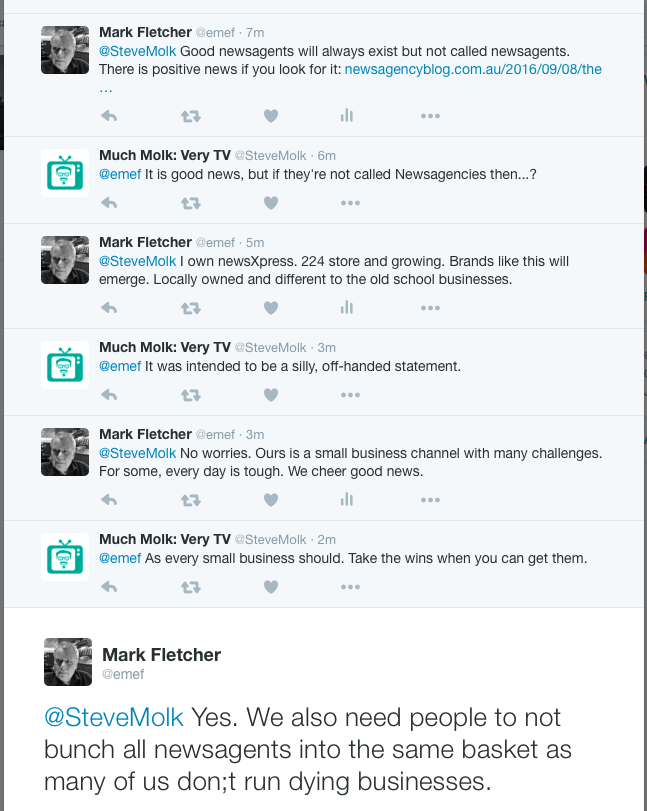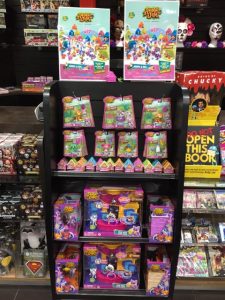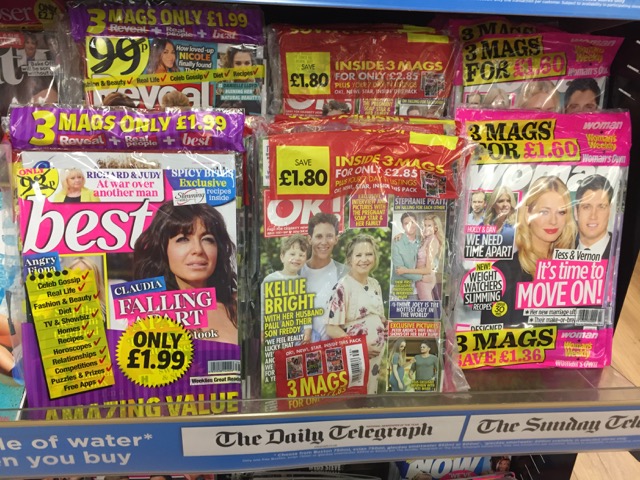Blueshyft emailed newsagents yesterday afternoon asking them to call their POS software company for a stock file update.
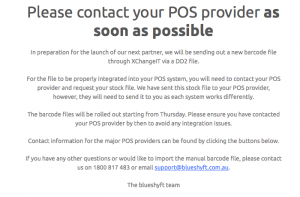 Despite the claim in their email, Blueshyft had not told my newsagency POS software company – serving more newsagents than all other POS software companies combined – anything about the update, they had not provided the file, we had not seen the file and could, therefore, not help. We were not told the email was being sent.
Despite the claim in their email, Blueshyft had not told my newsagency POS software company – serving more newsagents than all other POS software companies combined – anything about the update, they had not provided the file, we had not seen the file and could, therefore, not help. We were not told the email was being sent.
But the support calls came. In huge number. Newsagents calling Tower because Blueshyft told them to. Some newsagents were rude to Tower employees, saying we were fools for not knowing about this.
This all happened when the Tower COO and I were on a flight from the Gold Coast to Melbourne. We had been on the Gold Coast on business.
The Tower help desk was slammed – all because Blueshyft had kept us in the dark and because some newsagents didn’t believe that we had no knowledge of this new file.
I called Blueshyft CEO Kain Warwick at 04:06pm when I landed and had realised the mess. Kain returned the call at 05:12pm. I and expressed by frustration at what is, in my opinion, appalling communication from Blueshyft and a lack of respect for what Tower Systems does for them. Kain had no empathy for the situation. I felt the call was a waste of time.
I also called the CEO of XchangeIT as they had subsequent to the Blueshyft email sent the file. He as not aware of the issues, of the broken communication. I also expressed frustration at the large file but it was not his position to comment on this.
The call did not go well. Here it is 7am the next day and I am yet to receive any update from Blueshyft on why they would email their customers telling them to call my company (and other companies) hen they had not advised to expect the calls and have the information ready to assist.
Tower Systems gets get no compensation for any work related to Blueshyft. XchangeIT is paid to do what they do. I suspect Blueshyft pays VANA for their support and kind words. Yet the POS software company with the most newsagents is expected to be mind readers and know about a file we have never seen.
What happened yesterday is ridiculous in my opinion.
I have told the Tower help desk we will not take calls on this new file. Instead, the help desk experts have updated our online advice. This has all the instructions you need to load the file. Click here for our advice.
Had Blueshyft been professional, they would have provided the file to the Tower support team, let them test it, let them provide Blueshyft with advice on loading and then communicated with newsagents. Instead, they dumped the heavy lifting on companies like Tower for no compensation at all. This is typical Blueshyft. They say they are helping newsagents yet it is others who are being asked to donate to their cause.
But on the file, it has 2,700 stock items. It does not make sense they want to bloat your system with all these but that is a separate issue.
Yes, I am frustrated as it is things like this that divert our attention from providing support individual customers of ours call us for – calls from the businesses that pay for our support services. Blueshyft is freeloading at my expense and, ultimately, at your expense.
In his defence, Kain Warwick will say he emailed me and the Tower COO on Monday about a new file comping saying he would like to discuss it. This is kind of odd. he has our phone numbers. he has the Tower help desk contact details. yet he sent an email saying he would like to talk. there was no time indicator on the file release, no details at all. As Gavin and I were at an important conference on the Gold Coast we figured we would call Kain on our return.
This whole situation is ridiculous. You have VANA doing their song and dance about money some newsagents are making from Bueshyft, probably because Blueshyft pays them a fee to tout for them, yet others are expected to carry Blueshift for nothing.
This is agency business for which, in my opinion, there is no long-term upside for newsagents.


